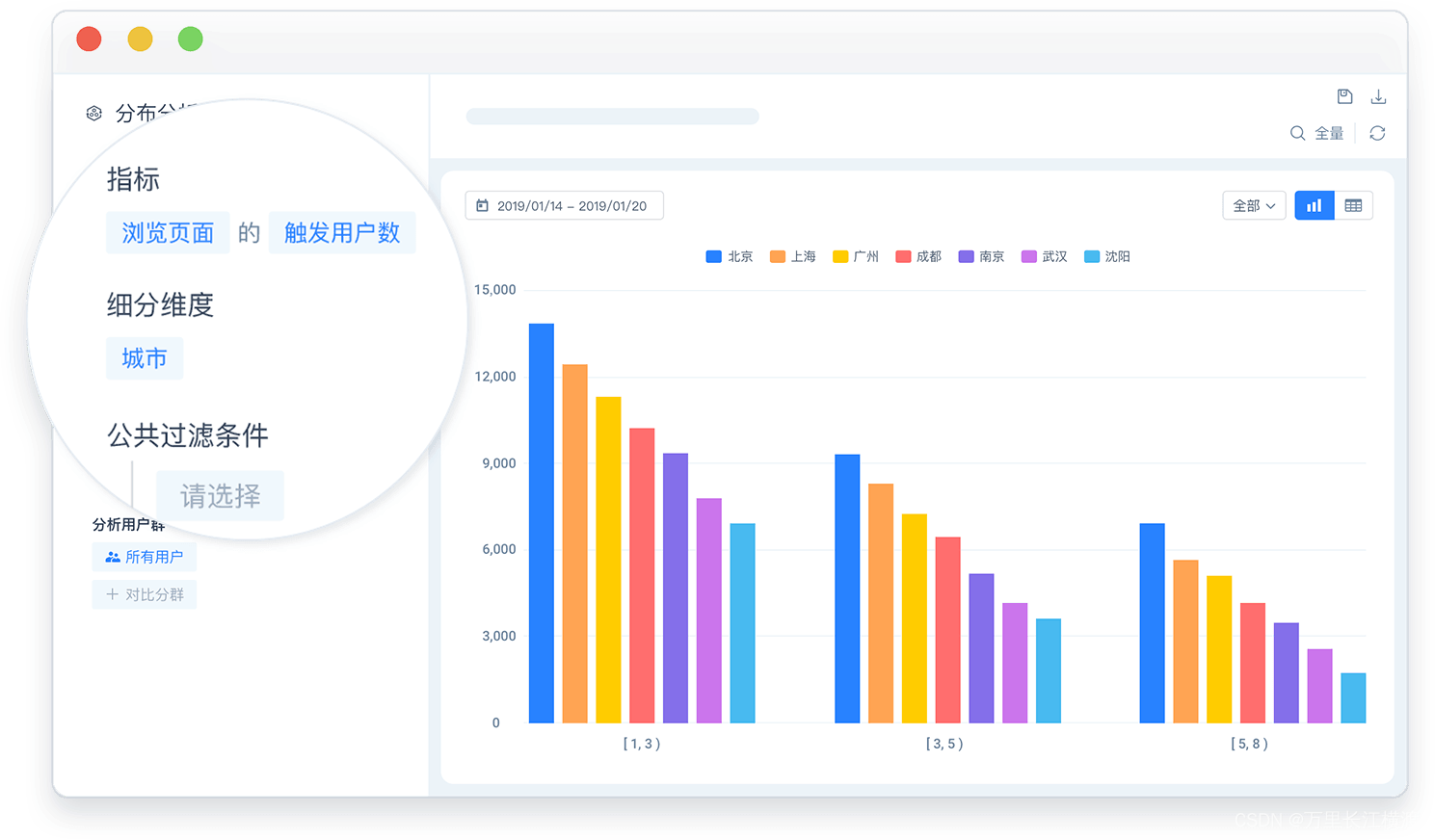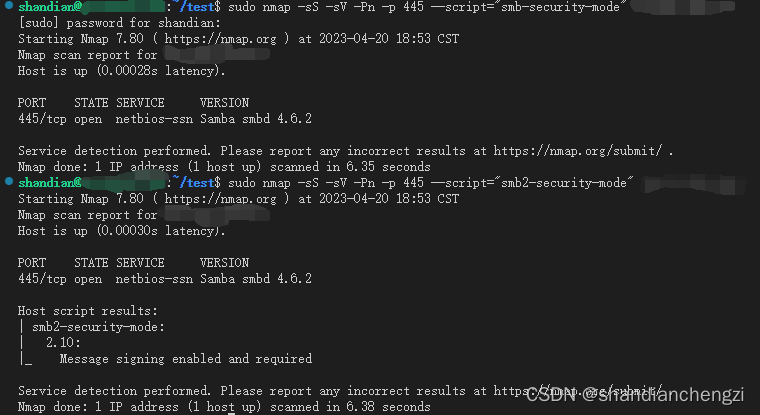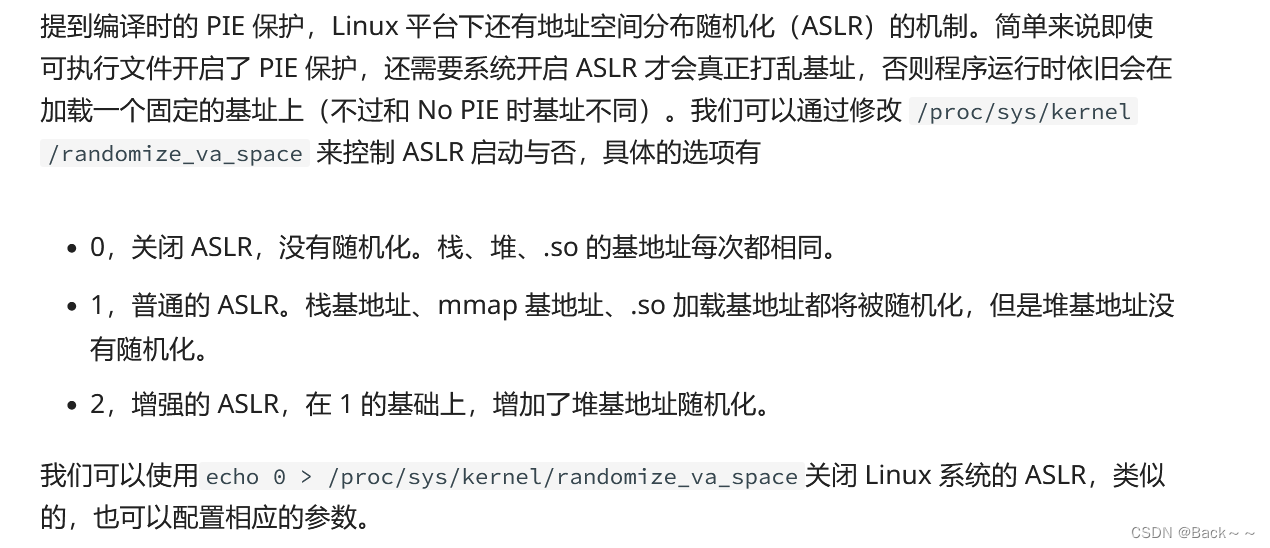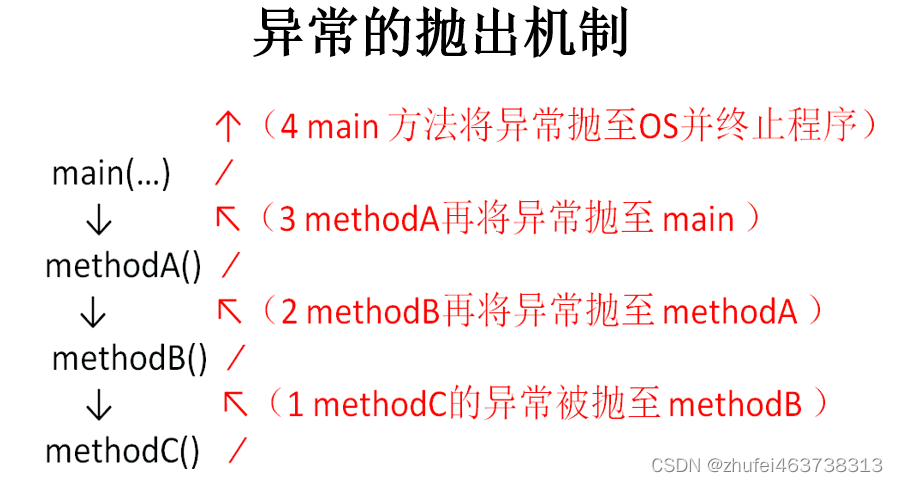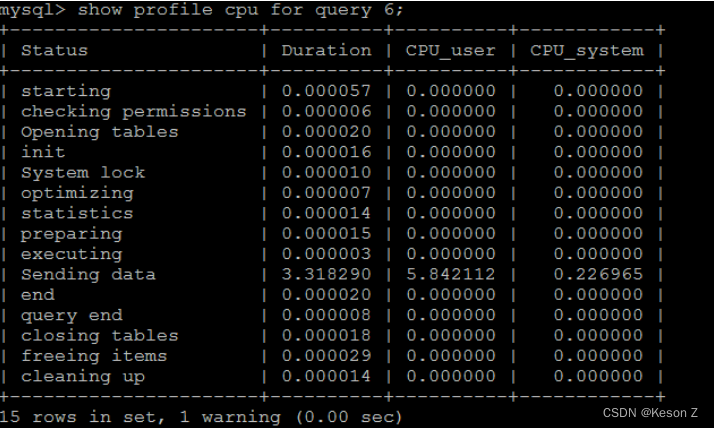1、having关键字概览
1.1、作用
- 对查询的数据进行筛选
1.2、having关键字产生的原因
- 使用where对查询的数据进行筛选时,where子句中无法使用聚合函数,所以引出having关键字
1.3、having使用语法
- having单独使用(不与group by一起使用,在Oracle中会报错),单独使用时,大部分场合与where相同
- having与group by一起使用,这是having关键字产生的初衷,对分组之后的数据再进行筛选
1.4、having与where的区别
- 一般情况下,where用于过滤数据行,而having用于过滤分组(能用where的地方,不要使用having)
- where中不能出现聚合函数,而having可以使用聚合函数作为条件
- where在数据分组前进行过滤,而having在数据分组后进行过滤(因此where效率一般比having高);where是数据从磁盘读入内存时筛选,而having是在内存中筛选
- where是对数据库文件过滤(过滤条件是表中的字段),而having是对select中查询的字段进行过滤
- where子句中不能使用字段别名,而having子句中可以使用字段别名
- 多表关联查询时,where先筛选再联接,having先联接再筛选
2、having案例
初始化表(以student表为例):
create table if not exists student
(
id int null,
name varchar(50) null,
age int null,
sex varchar(2) null,
score double null
)
comment '学生表';
INSERT INTO student (id, name, age, sex, score) VALUES (1, '张三', 18, '男', 70);
INSERT INTO student (id, name, age, sex, score) VALUES (2, '李四', 17, '男', 60);
INSERT INTO student (id, name, age, sex, score) VALUES (3, '王五', 19, '男', 80);
INSERT INTO student (id, name, age, sex, score) VALUES (4, '赵六', 16, '男', 90);
INSERT INTO student (id, name, age, sex, score) VALUES (5, '七七', 16, '女', 95);
INSERT INTO student (id, name, age, sex, score) VALUES (6, '九九', 17, '女', 85);
INSERT INTO student (id, name, age, sex, score) VALUES (7, '十一', 18, '女', 80);
INSERT INTO student (id, name, age, sex, score) VALUES (8, '小明', 19, '男', 90);
INSERT INTO student (id, name, age, sex, score) VALUES (9, '小军', 17, '男', 55);
INSERT INTO student (id, name, age, sex, score) VALUES (10, '小雷', 19, '女', 60);2.1、having单独使用
案例1:查询学生表中,成绩在80分以上的数据
select * from student having score >= 80等同于:
select * from student where score >= 80having使用的错误:
select
id
,name
,age
from student
having score >= 80 -- 报错,score筛选条件没有出现在select中
where使用的错误:
select
id
,name
,age
,score as fenshu
from student
where fenshu >= 80 -- 报错,where子句中不能使用字段别名2.2、having与group by一起使用
案例2:求各个年龄段的平均分和年龄
select age,avg(score) from student group by age如下:

案例3:求学生平均分大于80分的年龄段及平均分
- 这里只能使用having,对平均分进行筛选,使用where会报错
select
age
,avg(score)
from student
group by age
having avg(score) > 80
-- 结果为16岁案例4:查询学生年龄平均分大于80分中,男生的信息(姓名,男生的分数)
select
name
,sex
,age
,score
from student
where sex = '男'
group by name,sex,age,score
having avg(score) > 80
结果:

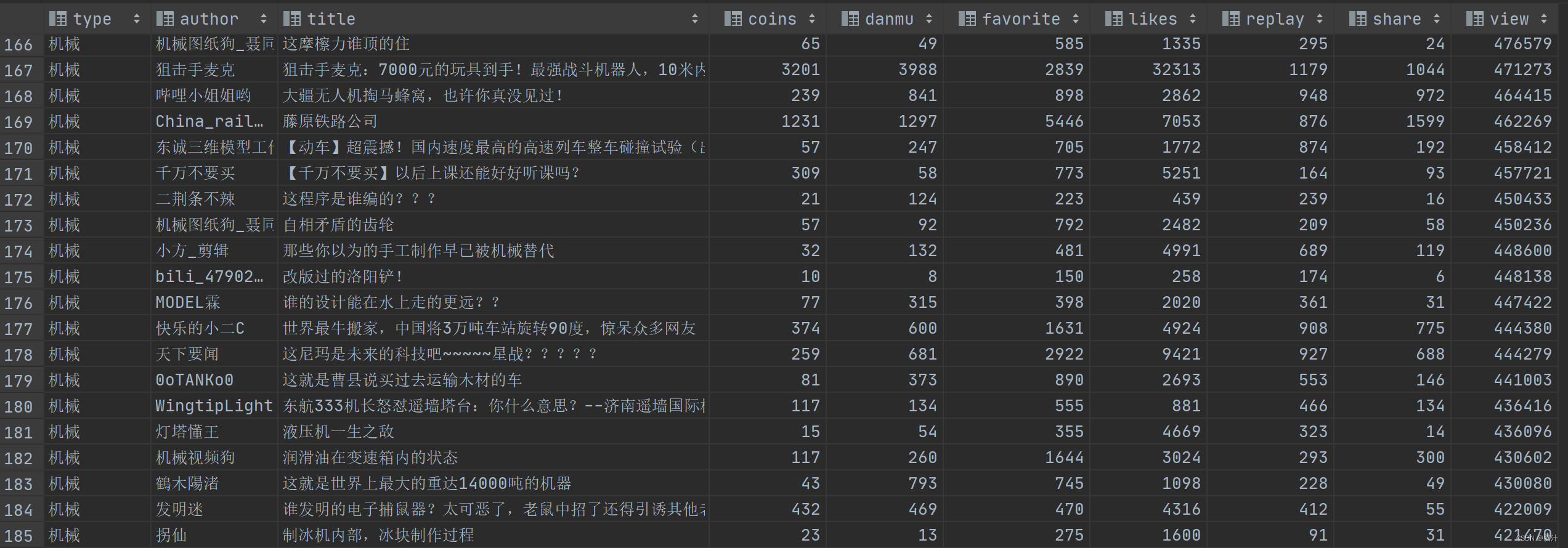


![钉钉消息防撤回功能研究与实现-可查看历史消息[文件/图文/管理员/链接 撤回拦截]](https://img-blog.csdnimg.cn/fcb6296c0c4047c8a5784d96f60a2115.png#pic_center)
